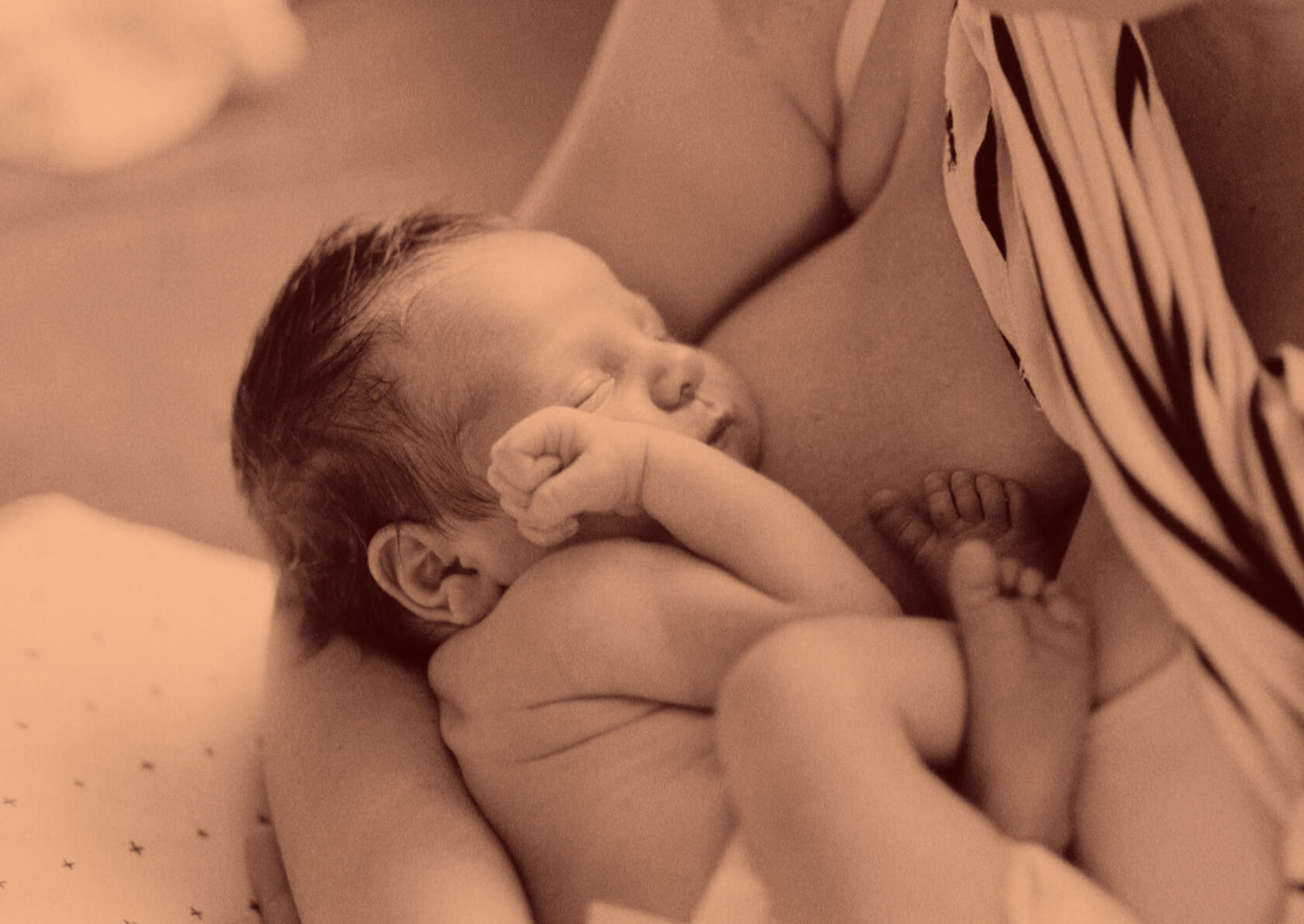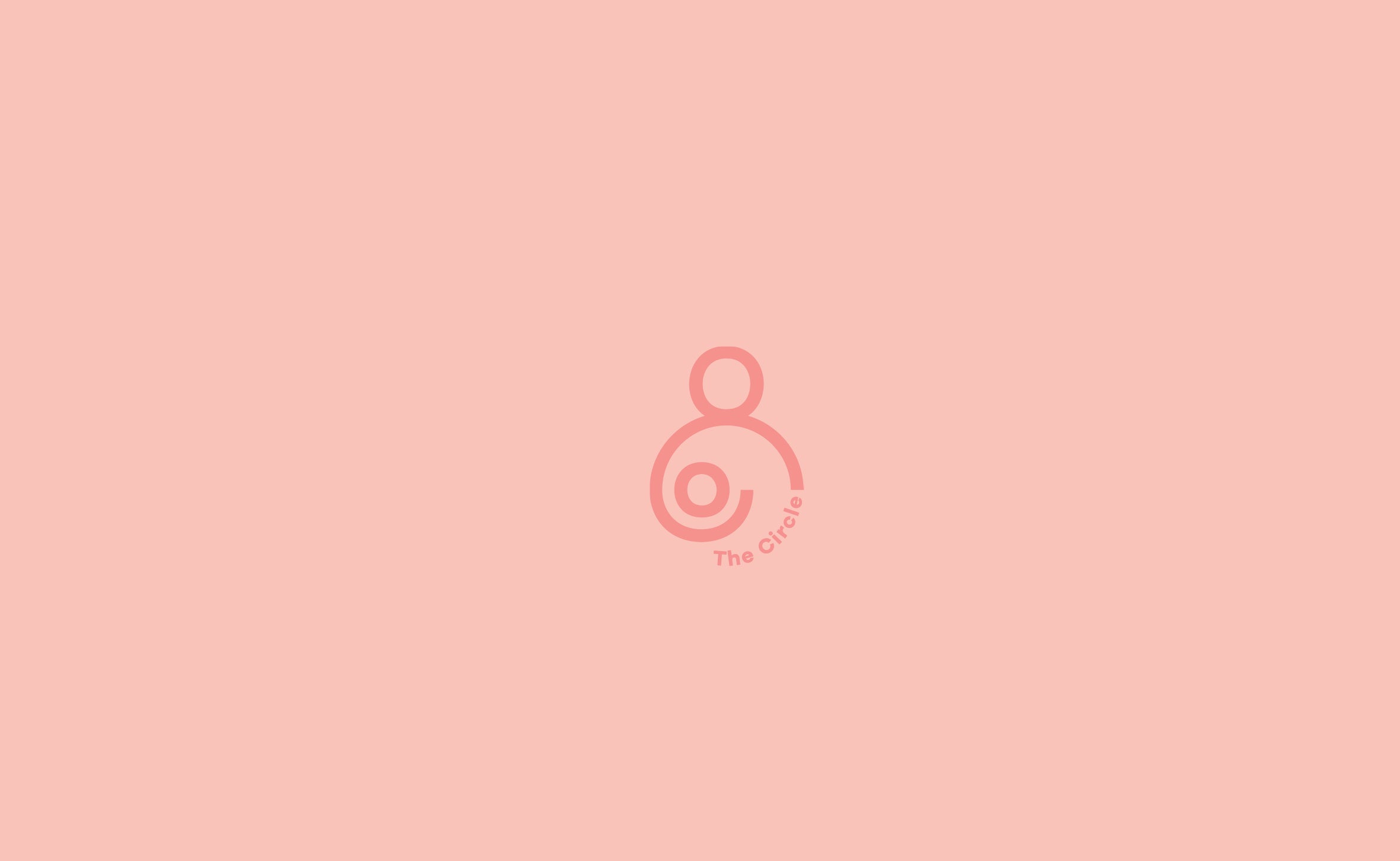Your newborn baby might not be able to speak, but that doesn’t mean they’re not communicating with you. Babies have a whole range of newborn reflexes, movements, expressions and cues that give us an insight into what they need. But what should we be looking for?

We chatted with Harriet Blannin-Ferguson to find out more. Harriet is a midwife with a graduate certificate in child and family health, a lactation consultant (IBCLC) in training, neuroprotective developmental care (NDC) accredited provider and a mama of three supporting parents with all things birth, breastfeeding, baby development and sleep via her business The Breast Help.
Here’s what she told us about newborn reflexes – what they are, when they start and how we can tune into them for better breastfeeds.
When do babies’ reflexes kick in?
Babies’ neonatal reflexes – their involuntary or reflexive movements – begin at birth. Harriet explains that babies have their chins tucked into their chests during pregnancy. As they go through the birthing process, their chin is lifted, their neck is stretched, and their head is extended. When this head extension occurs, it sends information to the baby’s brain that prompts the transition from a foetus to a neonate (newborn baby).
This is when the newborn’s first reflex – the startle reflex, also known as the Moro reflex – kicks in. Harriet describes this reflex, where babies extend their arms, legs and neck and then rapidly bring them together, as the beginning of babies finding their place in the world after nine months cocooned in the womb.
How can a newborn’s reflexes help with their very first breastfeed?
The Moro reflex can be the beginning of a baby’s first breastfeed.
“If we were to leave a baby to its own devices as soon as it’s born, place them with their open arms – the Moro – face down onto their mum’s chest; that’s the start of a breast crawl,” Harriet says. A breast crawl is when a newborn baby is placed on their mama’s chest or tummy straight after birth and allowed time to find her nipple and start breastfeeding on their own. How can a newborn baby do that? It’s all reflexes. Harriet says newborn babies have a whole range of full body movements that help them ‘frog’ their way up to the breast. They will mouth and head bob, which is the start of them using their sense of smell. Mama’s colostrum smells and tastes the same as the amniotic fluid newborn babies have spent the last nine months living in, so babies use their senses to guide themselves towards that smell. The Galant reflex (where babies curve their hip outward when their lower back is stroked next to their spine) and the stepping reflex help the newborn baby to crawl up their mama’s chest. They might stop along the way for a microsleep, but, Harriet says, that’s all part of the process. Baby’s rooting reflex, where they turn their head in response to touch on their cheek, helps them to find the nipple.
While babies born by caesarean might not have the chance to perform a breast crawl, Harriet says having skin-to-skin time as soon as possible after birth, with extended periods of skin-to-skin contact in the days following and breastfeeding on demand, are all helpful.
What if my baby didn’t do a breast crawl at birth?
You’re far from alone if your baby didn’t do a breast crawl at birth. Harriet says it’s very common to miss the breast crawl at birth because it takes a long time, and our health care system simply doesn’t usually allow that time. But, she explains, it’s possible to do a ‘reset’. Giving young babies the opportunity to do a full breast crawl can help them integrate their reflexes, and it can make a big difference if they’re having difficulty coming to the breast and feeding. It can also be helpful to put babies born by caesarean or precipitous vaginal birth on mama’s chest to give them a chance to feed in a way that keeps their head up. This helps replicate the process of prolonged head extension these babies might have missed out on during birth.
Harriet has used these techniques to help mamas and babies all the way up until they’re crawling, around the 6- or 7-month mark. “Movement, in general, is a good fix for a lot of breastfeeding problems,” she says. “Breastfeeding is so much more than just feeding. It’s connection. It’s also the baby’s sympathetic nervous system being dialled down and absorbing all the sensory information it’s receiving. No matter whether your baby was born via caesarean or if you’re choosing to bottle feed, doing skin-to-skin time and allowing your baby to express their reflexes on you [by recreating a breast crawl, for example] is going to help them in the long run.”
How can paying attention to our newborn baby’s reflexes make breastfeeding easier?
Harriet says that a newborn baby’s first sign of hunger is waking up.
“If you then put them skin-to-skin and allow them to have their cheek and chin on your skin, it will help them to turn on some of those reflexes for a feed. Bringing their fist to their mouth and then pulling it away is them starting to map distances on your chest as to where the nipple would be. It’s another chance for them to start to find their place in the world, which adds to their feeling of stability. A baby with their chin, chest and hips on mum is going to feel really stable in their world, and they’re going to be able to search for the breast in an easier way.
If we have the baby on us and wait for them to show signs of hunger – bringing their fist to their mouth, searching with their mouth (the rooting reflex) and the sucking reflex – it means they’re more likely to find the nipple, or if we offer them the nipple at that stage, they’re more likely to have a better feed.”
Harriet explains how watching for the sucking reflex can lead to an easier, less painful latch. “If they’re lengthening and moving their tongue outwards, as soon as they get to the nipple, they’re going to accept it and try to get as much breast tissue in their mouth as they can.”
How does reflex-driven breastfeeding benefit mama and baby?
If your baby’s reflexes are switched on prior to offering a breastfeed, the feed is more likely to be harmonious, Harriet says.
Your baby is less likely to be frustrated if you feed them when they’re showing hunger cues than if you try and hold them off a little longer. And because your breast milk supply is driven by your baby’s demand (with your body designed to produce enough milk to meet your baby’s needs based on their feeding behaviour), feeding your baby when they’re showing signs of hunger can help avoid a decrease in your milk supply. Together with the presence of your baby on your chest, the tactile stimulation of gentle breast massage with a Lactamo can help trigger your let-down reflex and encourage milk flow during a feed.
Harriet says that by watching for their baby’s cues, mamas are also more likely to try and manage – rather than control – the breastfeed. That gives a little control back to the baby, which helps them to feel more stable and less frustrated. Allowing the baby to be on the breast or in line with the breast means they’re more likely to be happier and more comfortable during the feed, with a deeper and better latch, which means they’ll come off the breast less. “By popping your baby on your chest, waiting for some of those cues, you are more likely to be in a recline position, which is better for breastfeeding for both mum and baby, but also baby's more likely to have good experiences at the breast,” Harriet explains. “And lots of positive experiences lead to a more positive journey.”
Looking for more advice about preparing for breastfeeding and breastfeeding your newborn? Try these articles from Lactamo’s The Circle:
Preparing for labour and breastfeeding with hypnobirthing
How to prepare for breastfeeding and the fourth trimester
Breastfeeding: what to expect in the first few days after birth
If in doubt, please always consult your healthcare professional.






